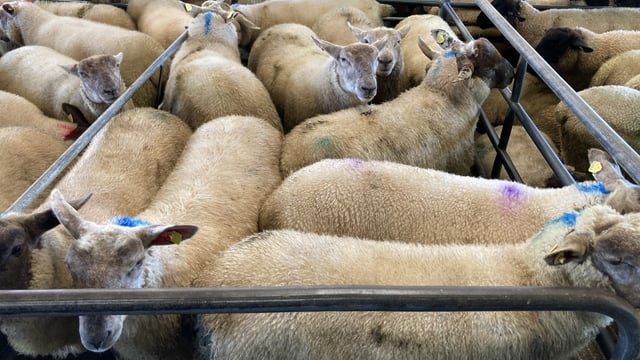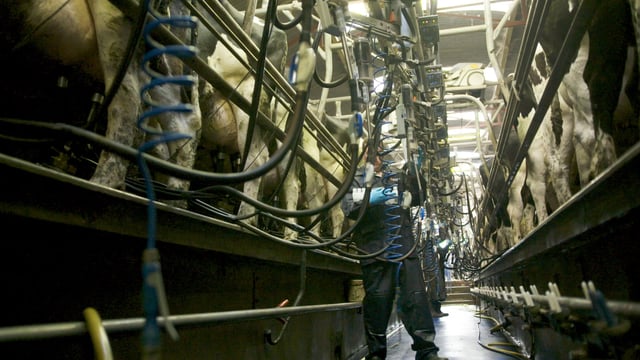IGFA welcomes resumption of grain exports from ports in Ukraine
The Irish Grain and Feed Association (IGFA) has welcomed the resumption of grain and oilseed exports from Ukraine through the country’s Black Sea Ports.
Earlier this week a boat laden with 26,000t of corn left Odesa, destined for Lebanon.
This followed the striking of an agreement between Russia and Ukraine, which was brokered under the auspices of the United Nations (UN) and Turkey.
The agreement will allow the export of cereals and oilseeds from Ukraine with the specific aim of reducing the threat of famine in countries across the Middle East and Africa.
IGFA director general, Maeve Whyte commented:
“World grain markets softened directly in the wake of the agreement reached between Ukraine and Russia. But the security issues associated with this trading activity remain extremely high.
“Insuring these cargoes is another. The reality is that insurance costs will remain extremely high until there is direct evidence to confirm that shipping grain from Ukraine’s Black Sea ports can be normalised."
The IGFA representative added that it is a matter of monitoring the situation on a daily basis. Ireland traditionally imports cereals from Ukraine during the spring months.
“Most of the shipments coming out of Ukraine by boat over the coming weeks and months are likely to be destined for north Africa," Whyte continued.
“But the fact that these trading practices have been re-established, irrespective of the tonnages involved, has to be welcomed.
Meanwhile, Northern Ireland Grain Trade Association (NIGTA) chief executive, Gill Gallagher, has also welcomed the events of recent days, pointing to expectation that other ships waiting to depart Ukraine will soon follow.
“However, the fragility of the situation cannot be underestimated following reports that the ports of Odesa and Mikolaiv have suffered fresh attacks from Russian missiles," Gallagher stressed.
“As such, the market remains very volatile, whilst it continues to grapple with the impact of the hot and dry weather conditions across Europe and in the U.S, which are affecting crop yields.”





